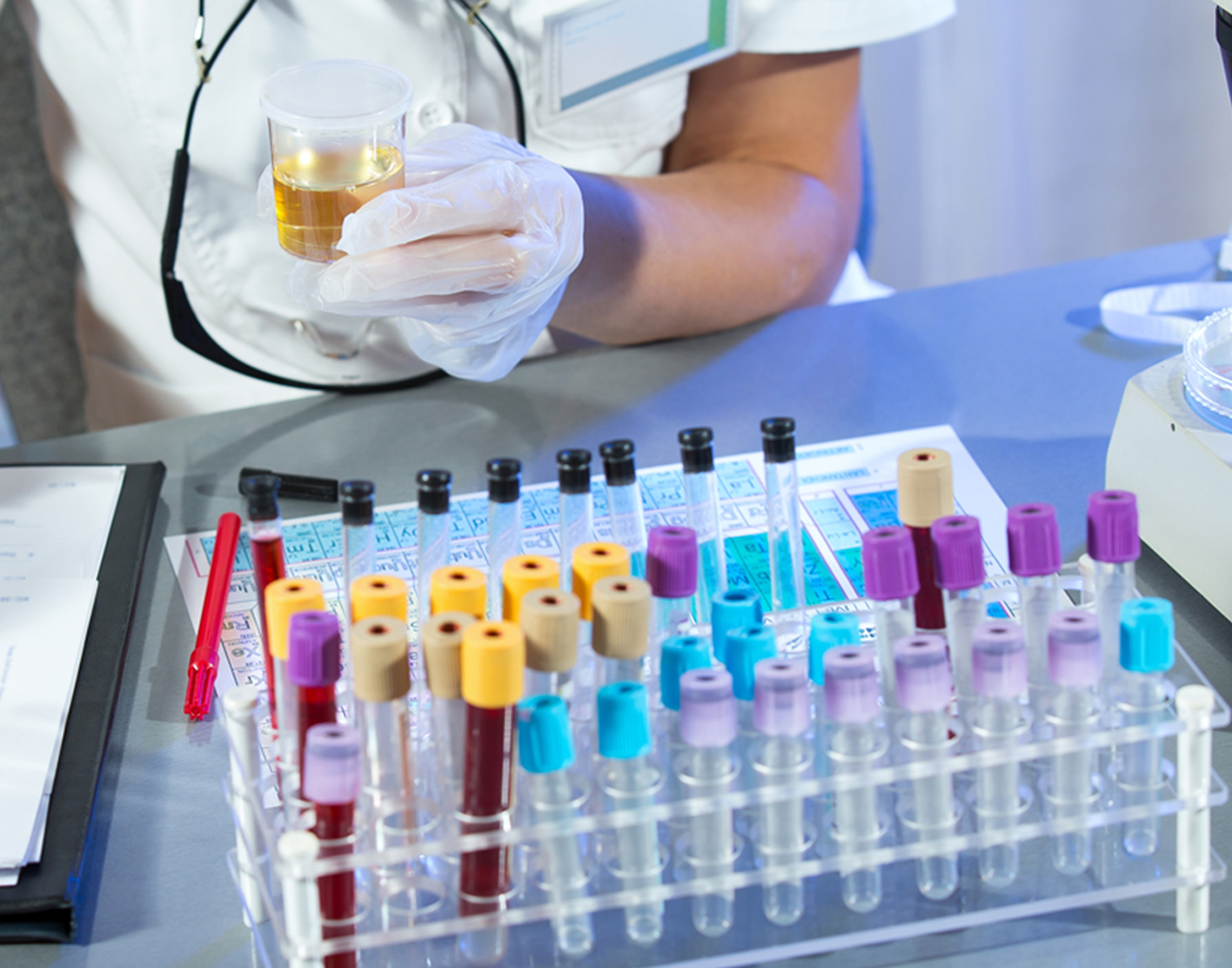
HCG in urine
Definition
This type of human chorionic gonadotropin (HCG or hCG) test checks if there is a hormone called human chorionic gonadotropin in your urine. HCG is a hormone produced in the body during pregnancy.
Other HCG tests include:
HCG in blood serum -- qualitative HCG in blood serum -- quantitative Pregnancy test
Alternative Names
Beta-HCG - urine; Human chorionic gonadotropin - urine; Pregnancy test - hCG in urine
How the Test is Performed
To collect a urine sample, you urinate into a special (sterile) cup. Home pregnancy tests require the test strip to be dipped into the urine sample or passed through the urine stream while urinating. Carefully follow package directions.
In most cases, a urine sample taken the first time you urinate in the morning is best. This is when urine is the most concentrated and has enough HCG to be detected.
How to Prepare for the Test
No special preparation is needed.
How the Test will Feel
The test involves urinating into a cup or onto a test strip.
Why the Test is Performed
Urine HCG tests are a common method of determining if a woman is pregnant. The best time to test for pregnancy at home is after you miss your period.
Normal Results
The test result will be reported as negative or positive.
- The test is negative if you are not pregnant.
- The test is positive if you are pregnant.
A pregnancy test, including a properly performed home pregnancy test, is considered to be very accurate. Positive results are more likely to be accurate than negative results. When the test is negative but pregnancy is still suspected, the test should be repeated in 1 week.
Risks
There are no risks, except for false positive or false negative results.
References
Jeelani R, Bluth MH. Reproductive function and pregnancy. In: McPherson RA, Pincus MR, eds. Henry's Clinical Diagnosis and Management by Laboratory Methods. 24th ed. Philadelphia, PA: Elsevier; 2022:chap 26.
Nerenz RD, Braga JA. Pregnancy and its disorders. In: Rifai N, Chiu RWK, Young I, Burnham Carey-Ann D, Wittwer CT, eds. Tietz Textbook of Laboratory Medicine. 7th ed. St Louis, MO: Elsevier; 2023:chap 59.
Review Date: 10/11/2022
The information provided herein should not be used during any medical emergency or for the diagnosis or treatment of any medical condition. A licensed physician should be consulted for diagnosis and treatment of any and all medical conditions. Call 911 for all medical emergencies. Links to other sites are provided for information only -- they do not constitute endorsements of those other sites. Copyright ©2019 A.D.A.M., Inc., as modified by University of California San Francisco. Any duplication or distribution of the information contained herein is strictly prohibited.
Information developed by A.D.A.M., Inc. regarding tests and test results may not directly correspond with information provided by UCSF Health. Please discuss with your doctor any questions or concerns you may have.



























